SCALE INSECTS, though, are among the most troublesome of landscape pests. They have no wings or legs to speak of. In fact, as adults they barely move, let alone creep and crawl. Despite this lack of mobility, chances are there are thousands, perhaps billions, of them feeding on your landscaping right now.
There are some 8,000 different species of smaller scale insects (of the order Hemiptera) that hide in plain sight while they feed on a plant. Some feed on the bark or twigs, while others attach to the undersides of leaves and needles. All attach to the plant using hamuli (hooklets) and feed by sucking nutrients from inside the plant. The “scale” or shell for which they are named provides protection from predators. Some species, such as the magnolia scale, have soft shells. Some have hard “armored” shells, such as the elongate hemlock scale (see photo and description below). Others, like the oystershell scale (photo above), have distinctive waxy shells. Still others have the unattractive moniker, “mealybug.”
Most scale insects are difficult to see, and are sometimes confused for a plant disease. Often, they aren’t noticed until the tree or shrub begins to turn yellow from continual parasitic feeding. With some scale and mealybug infestations, the first sign of trouble is a black, sooty look to the lower branches and leaves as the insects secrete “honeydew,” a sugar-rich sticky liquid (photo below, right), while it feeds on the plant sap. The honeydew sometimes attracts ants and bees, so an excessive population of bees around a non-flowering plant might indicate a scale problem.
Scale infestation is on the rise in our area. These pests often flourish where plants are in high-stress environments, such as near the reflected heat of a house or patio. Here is a list of common scale pests:
Elongate Hemlock Scale — This armored scale pest of eastern hemlock was probably introduced into the United States from Japan. The yellow-brown insect lives on the underside of the hemlock needle and sucks nutrients from the tree. Heavy infestations cause the hemlock needles to turn yellow. Smothering the crawler stage of this insect with an annual Dormant Oil spray in early spring is the best way to keep it under control.
Holly Scale — Many species of scale attack holly trees and shrubs. These insects are often white in color and live on the underside of the leaves or twigs. Black, sooty mold will appear on the lower branches as the scale secretes honeydew.
Taxus Mealybug — Feeds on yews, rhododendron, azaleas and holly. Mealybugs look a bit like small cotton balls and they do move. They generally infest twig crotches on interior portions of the plant and go unnoticed until the plant health begins to decline.
Azalea Bark Scale — The adult female azalea bark scale is dark red with a long sucking mouthpiece. The nymphs roam around the plant until they settle and attach to the twigs. They appear as white bumps along twigs and small branches.
Magnolia Scale — This scale looks almost like snails or seashells attached to the twigs and branches of the magnolia.
The honeydew secreted by this insect causes lower branches to turn black and attracts ants and bees.
White Peach Scale — This scale insect attacks the bark of many types of trees, including cherry and lilac. Appearing as a cottony, disease growth along the trunk and branches, it can cause defoliation of the host plant.
This is just a small sampling of a sticky gardening problem, if you have questions, leave a post below, or feel free to contact me at Redding Nursery!

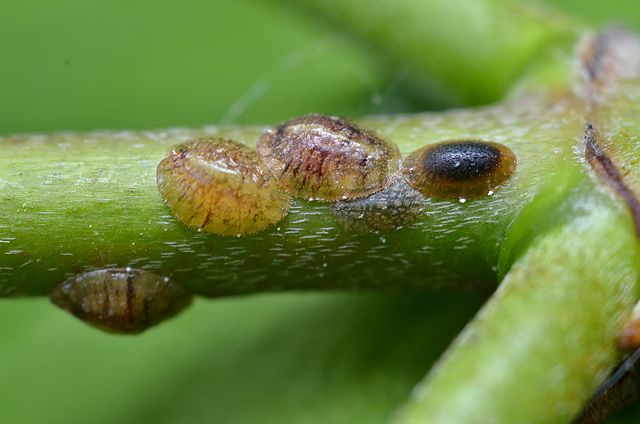
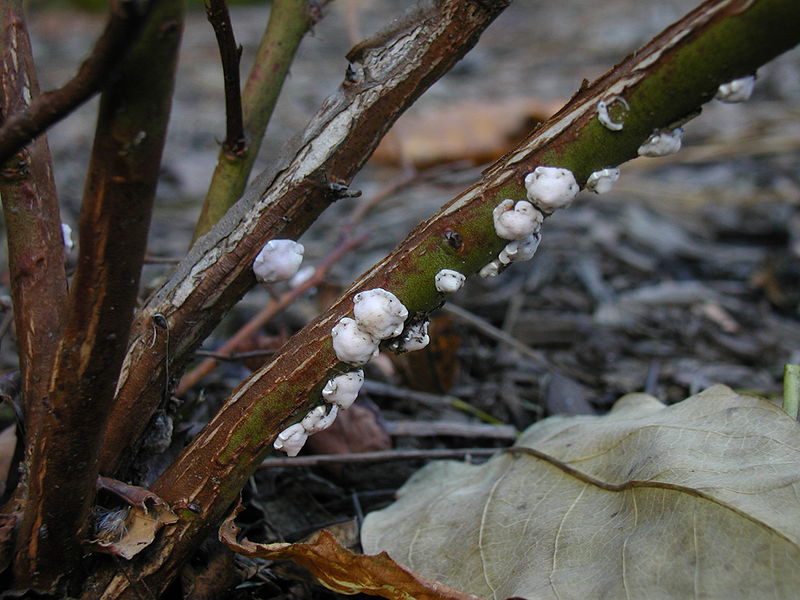
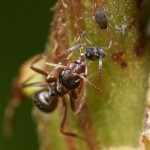
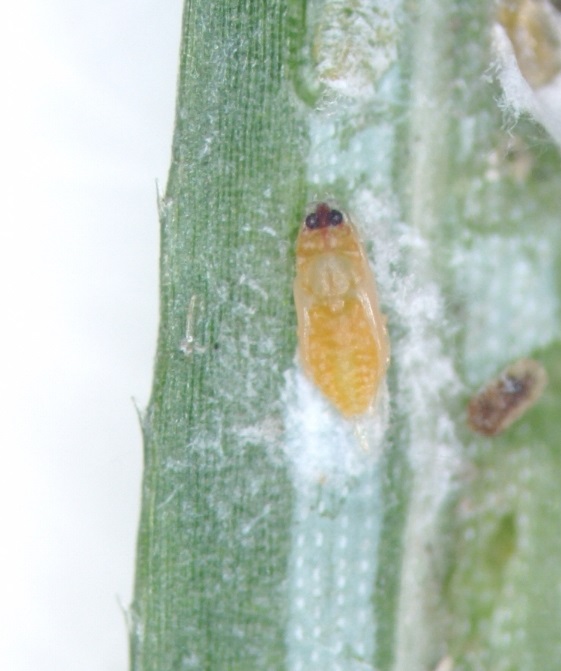
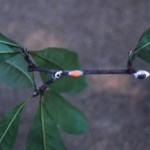
Recent Comments